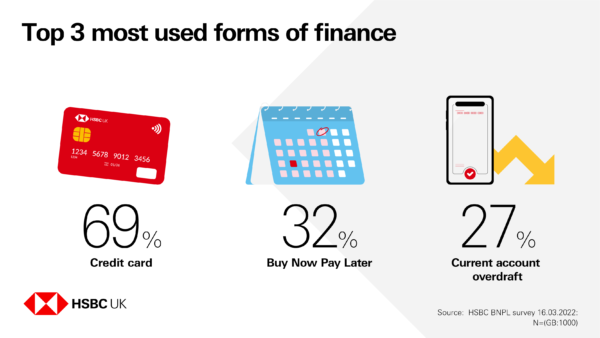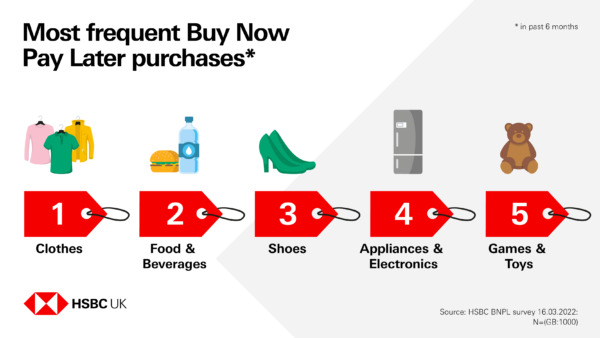How to Make Money From Stoozing
Having fallen out of favour for a while due to a lack of suitable opportunities, the sideline-earning system of stoozing is back in the spotlight again!
Stoozing is a financial strategy that allows individuals to profit by leveraging 0% interest credit card offers. By using the interest-free periods, you can earn interest on borrowed funds without incurring additional costs.
Here’s a guide to effectively implementing a stoozing strategy…
1. Understanding Stoozing
Stoozing involves borrowing money through a credit card offering a 0% interest period and depositing that money into a high-interest savings account. The goal is to earn interest on the borrowed funds and repay the credit card balance before the interest-free period ends. This method requires careful planning and discipline to ensure profitability.
2. Steps to Implement Stoozing
Select a Suitable 0% Interest Credit Card
Begin by researching credit cards that offer a 0% interest period on purchases or balance transfers. Opt for cards with the longest interest-free durations to maximize potential gains. Ensure you understand any associated fees, such as balance transfer fees, which could impact your overall profit. A useful resource for tracking down cards with 0% interest-free offers can be found on the popular MoneySavingExpert website.
Use the Credit Card for Everyday Purchases
Instead of using your debit card or cash, utilize the 0% interest credit card for daily expenses. This approach allows your regular income to remain in your bank account. This money can then be transferred to a high-interest savings account. Note that you should never withdraw cash directly from your credit card as you will be charged interest on this and it may also adversely affect your credit score (see below).
Deposit Funds into a High-Interest Savings Account
Transfer the money that would have been used for purchases into a high-interest savings account. This strategy enables you to earn interest on funds that would otherwise have been spent. Regularly monitor interest rates using a platform such as MoneySuperMarket to ensure you’re getting the best possible return on your savings.
Make Minimum Monthly Payments
It’s essential to make at least the minimum monthly payments on your credit card to maintain the 0% interest offer. Setting up a direct debit can help prevent missed payments, which could result in losing the interest-free benefit.
Repay the Full Balance Before the 0% Period Ends
Before the end of the 0% interest period, ensure you repay the entire credit card balance using the funds in your savings account. The difference between the interest earned and any fees paid represents your profit.
3. Example of Potential Earnings
Let’s say you obtain a 0% interest credit card with a 24-month interest-free period and a credit limit of £5,000. You deposit the full £5,000 into a high-interest savings account offering an annual interest rate of 5%.
- Year 1 Interest: £5,000 x 5% = £250
- Year 2 Interest: £5,000 x 5% = £250
- Total Interest Earned Over 2 Years: £500
Assuming there are no fees and you meet all minimum payments on time, your profit from stoozing would be £500, simply by leveraging the 0% interest period.
4. Calculating Potential Profits
To assess the potential gains from stoozing, you can use online calculators designed for this purpose. These allow you to enter details such as the balance to be transferred, the introductory period, balance transfer fees, and minimum monthly payments to estimate your profit. One such calculator is available at stoozing.com.
5. Risks and Considerations
While stoozing can be profitable, it’s important to be aware of potential risks:
- Discipline Required: Failure to make minimum payments or repay the balance before the 0% period ends can lead to interest charges that outweigh your earnings.
- Credit Score Impact: Applying for multiple credit cards can affect your credit score. It’s advisable to check your credit report before proceeding. And it may be best to avoid stoozing if you plan to apply for a mortgage or business loan in the near future.
- Changing Interest Rates: Savings account interest rates can vary, potentially reducing your anticipated profits.
- Fees: Be mindful of any fees associated with the credit card or savings account, as they can erode your gains.
6. Closing Thoughts
Stoozing offers a method to earn additional income by strategically using 0% interest credit card offers and high-interest savings accounts.
Success in stoozing hinges on careful planning, disciplined financial management, and a thorough understanding of the terms and conditions associated with the financial products involved. Always ensure that the interest earned exceeds any fees incurred to achieve a net profit.
As always, if you have any comments or questions about this post, please do leave them below.







